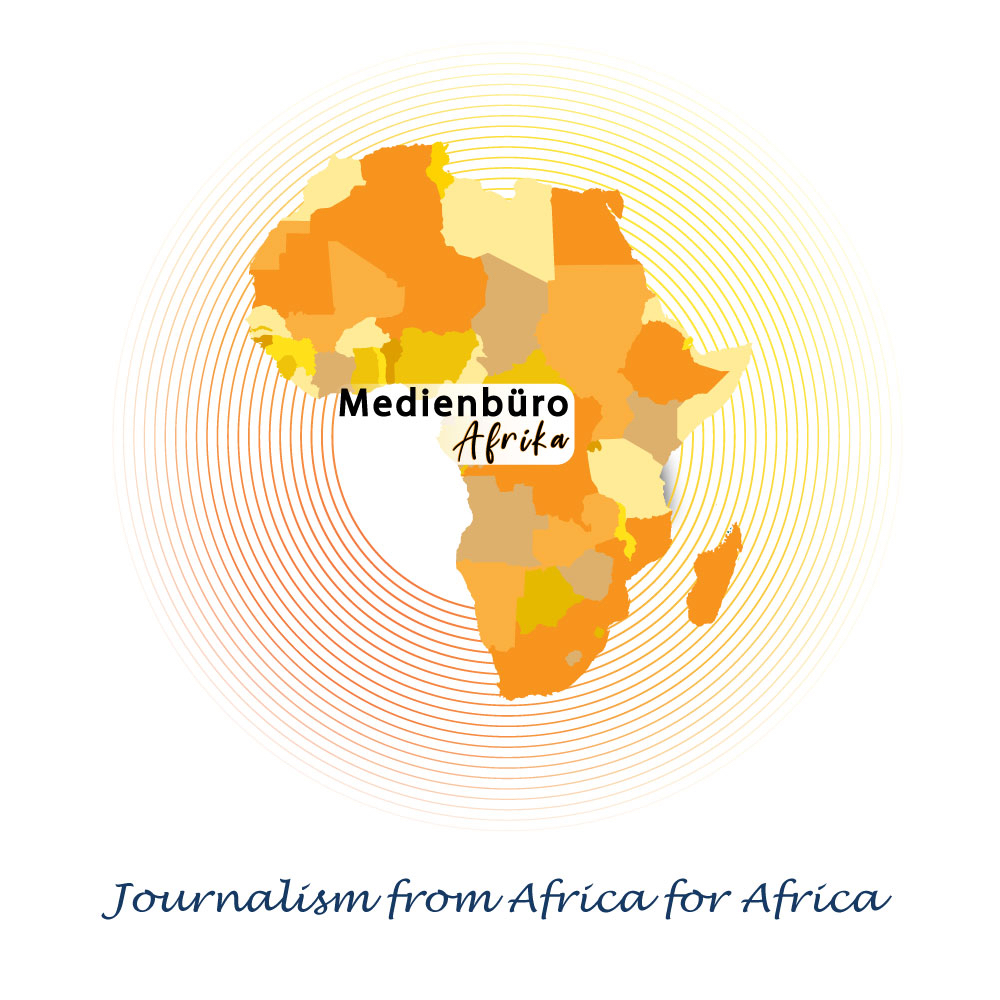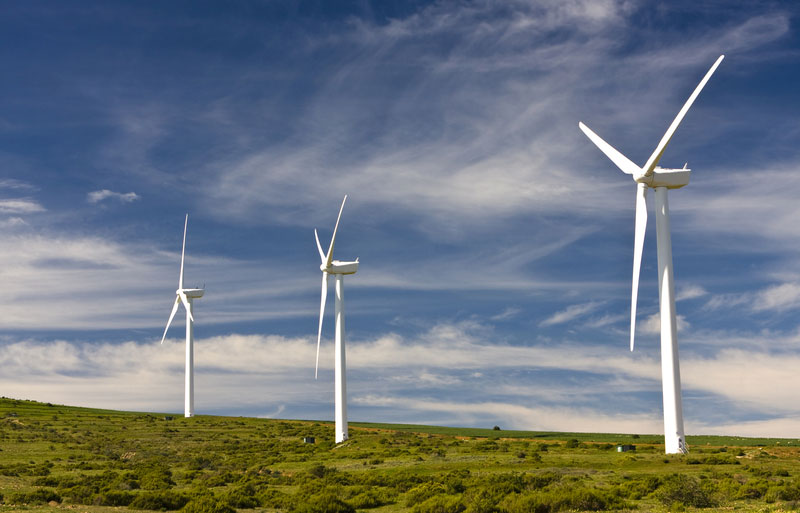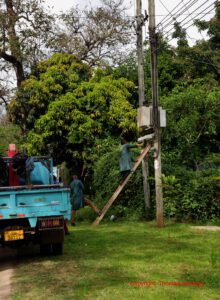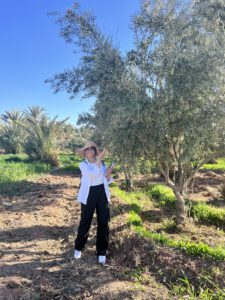Wind power is becoming increasingly important in South Africa’s energy mix. Renewable energy sources are expanding rapidly, and wind power is an essential component of this energy mix. The country has scaled up its attempts to increase the use of renewable energy sources to meet its energy needs because of a growing population. To help achieve this goal, wind farms and projects are all being developed and put into action.
It is evident that coal dominates South Africa’s energy mix since it generates over 70% of total electricity production. Nevertheless, the government has set a target for 17.8 GW of renewable energy generation by 2030. It would account for approximately 42% of the country’s entire energy mix. This is motivated by the government’s commitment to reducing carbon emissions and its goal to create jobs in the expanding renewable energy sector. Wind power, along with other renewable sources such as solar and hydroelectric electricity, is expected to play a vital role in meeting this target.
Wind Farms
Wind energy is plentiful in South Africa. The country has an estimated wind energy potential of 90,000 megawatts (MW) which means that wind power has the potential to generate enough electricity to power up to 18 million households. Wind turbines can be found in different parts of the country such as the Northern Cape, the Eastern Cape as well as KwaZulu-Natal, and the Free State.
Wind farms are increasing in the country and there are over 1,000 turbines in operation or under construction. The largest wind farm is the Coega Wind Farm in the Eastern Cape which has 154 turbines with a total capacity of 367 MW. Other wind farms include the Gouda Wind Farm in the Northern Cape and the Sere Wind Farm in the Western Cape.
There are also other smaller ones spread across South Africa in addition to these large-scale wind farms. These farms normally have capacities of less than 10 MW and are frequently used to power local communities or small businesses.
Wind Farms Manufacturers
South Africa has several wind power equipment manufacturers, including turbines and other components. Senvion, Vestas, and Siemens Gamesa are among them. The Western Cape province is home to Nordex Acciona Windpower, one of the country’s largest manufacturers of wind power. The facility produces wind turbines and other components for the local and international markets. It also employs hundreds of people which has a positive impact on the local economy.
Wind Power Projects
There are several wind power projects currently under development. One of these projects is Seriti Resources and Seriti Green collaboration on a 155MW wind farm project, which will be the largest in South Africa and the first in the Mpumalanga province. This project is just the first phase of a larger 900MW project and is predicted to supply 75% of the power needs of Seriti’s Mpumalanga coal mines. The entire project is expected to be built out over the next three years at an estimated cost of R25 billion (€1.2 billion estimated), with R1.5 billion (€72 million estimated) of this going towards grid infrastructure. Furthermore, the project also includes 800MWh of storage capacity.
South Africa’s government has a target of producing an additional 1,500 MW of power from renewable energy sources by 2030. It is estimated that wind power will comprise a significant portion of this total. The Department of Energy supports several wind energy projects throughout the country that are aimed at increasing wind power contribution to the energy mix.
Overall, wind power is an important part of South Africa’s energy mix and has been growing in recent years. Wind farms, manufacturers and projects are all being developed and implemented to help the country meet its energy needs. With the current energy supply status in South Africa, transitioning to a greater reliance on renewable energy sources is significant. This source of energy is cost-effective and reliable which can contribute greatly to reducing the country’s reliance on fossil fuels. Also, it will help move South Africa towards a more sustainable energy future.
Author: Kimberley Asakundwi Netshivhale
Picture: SA-Venues




